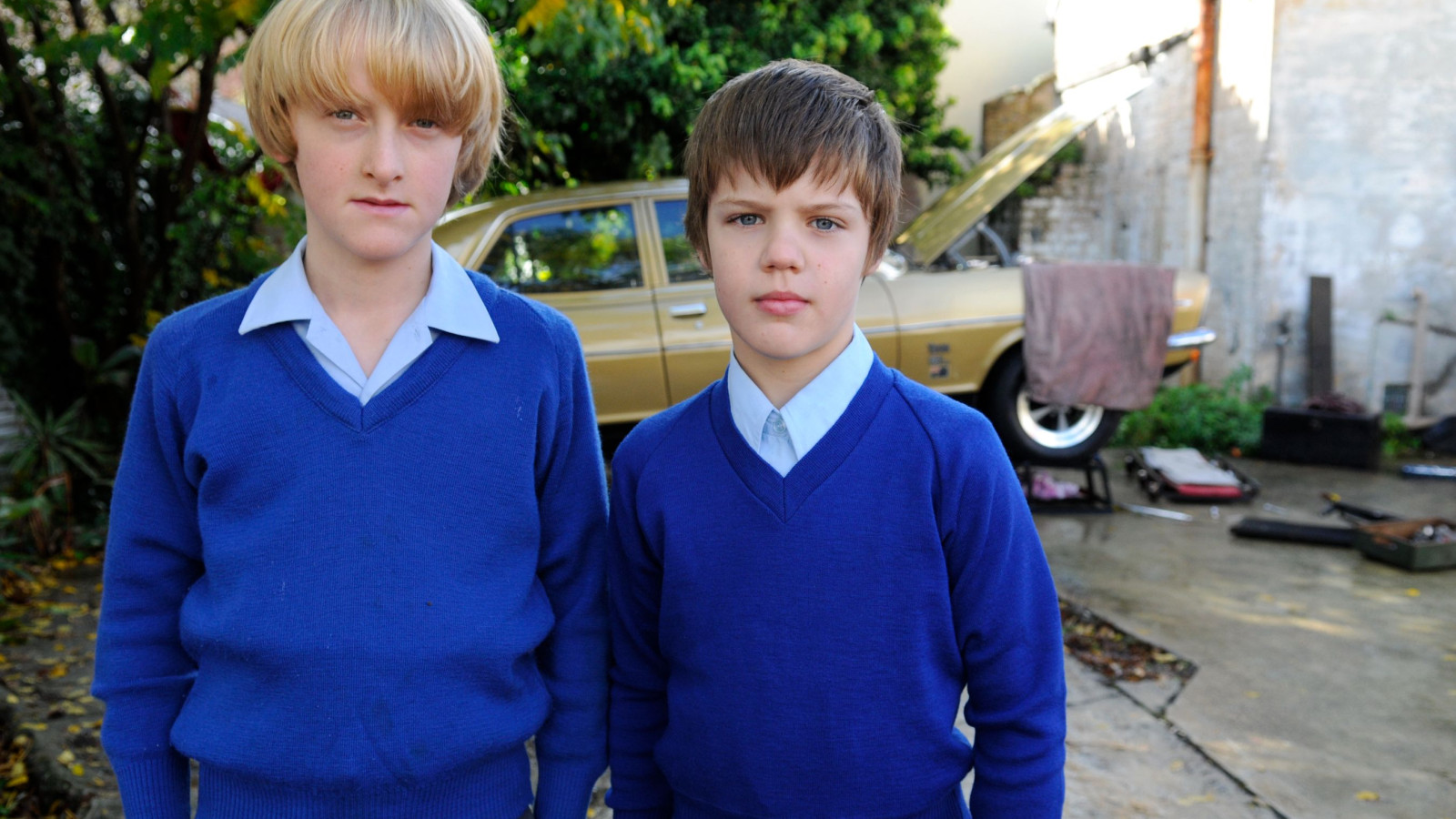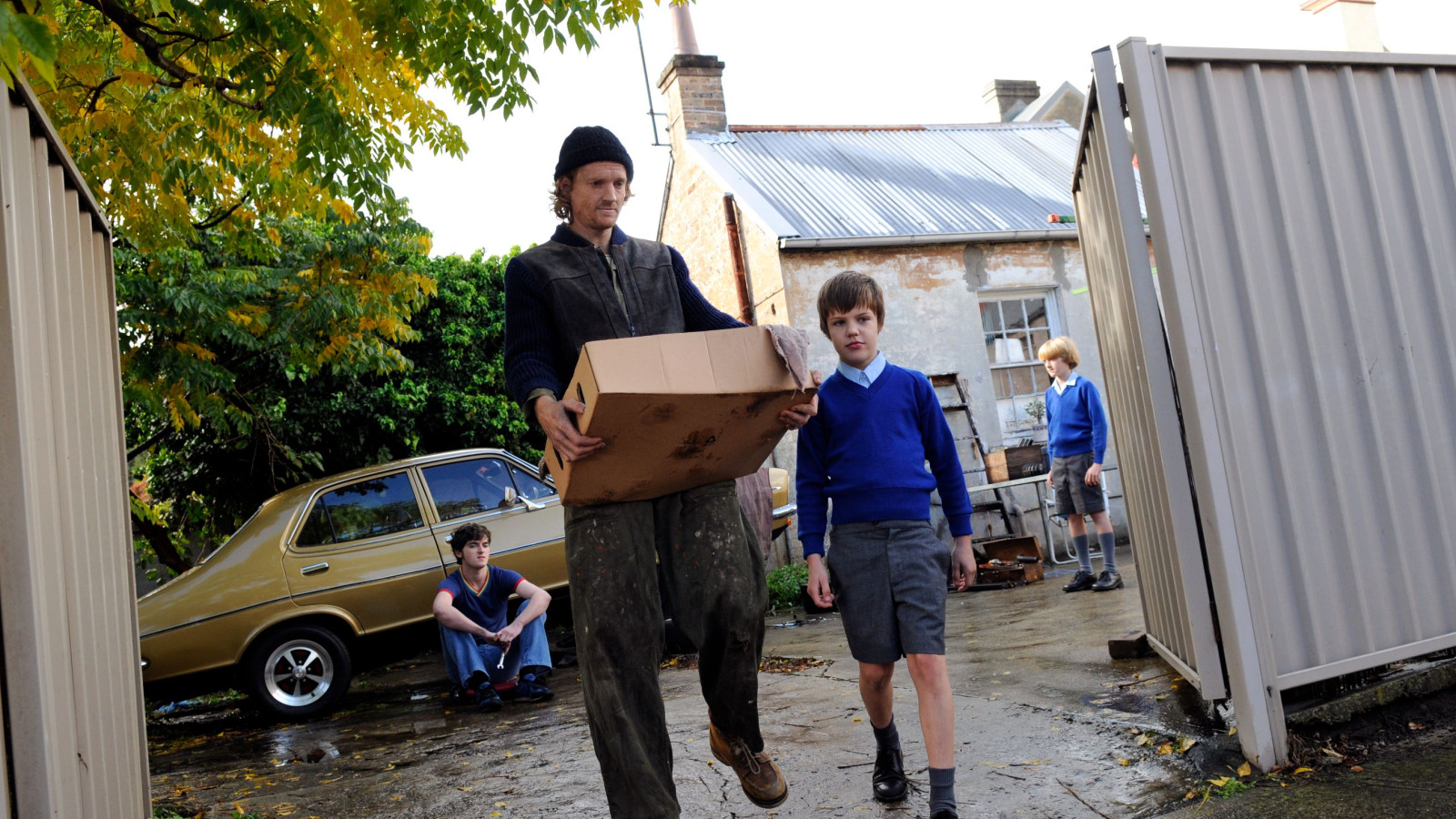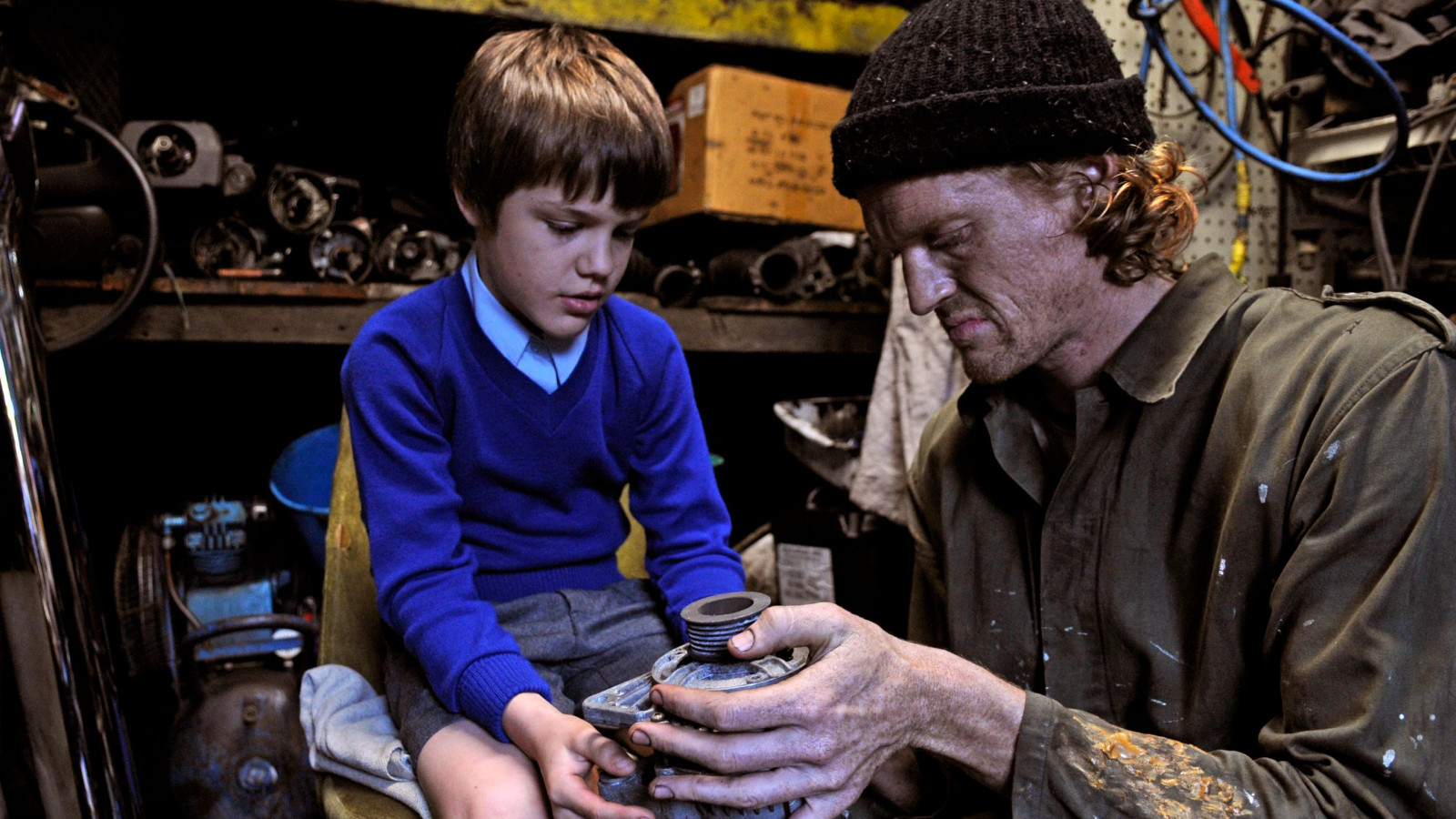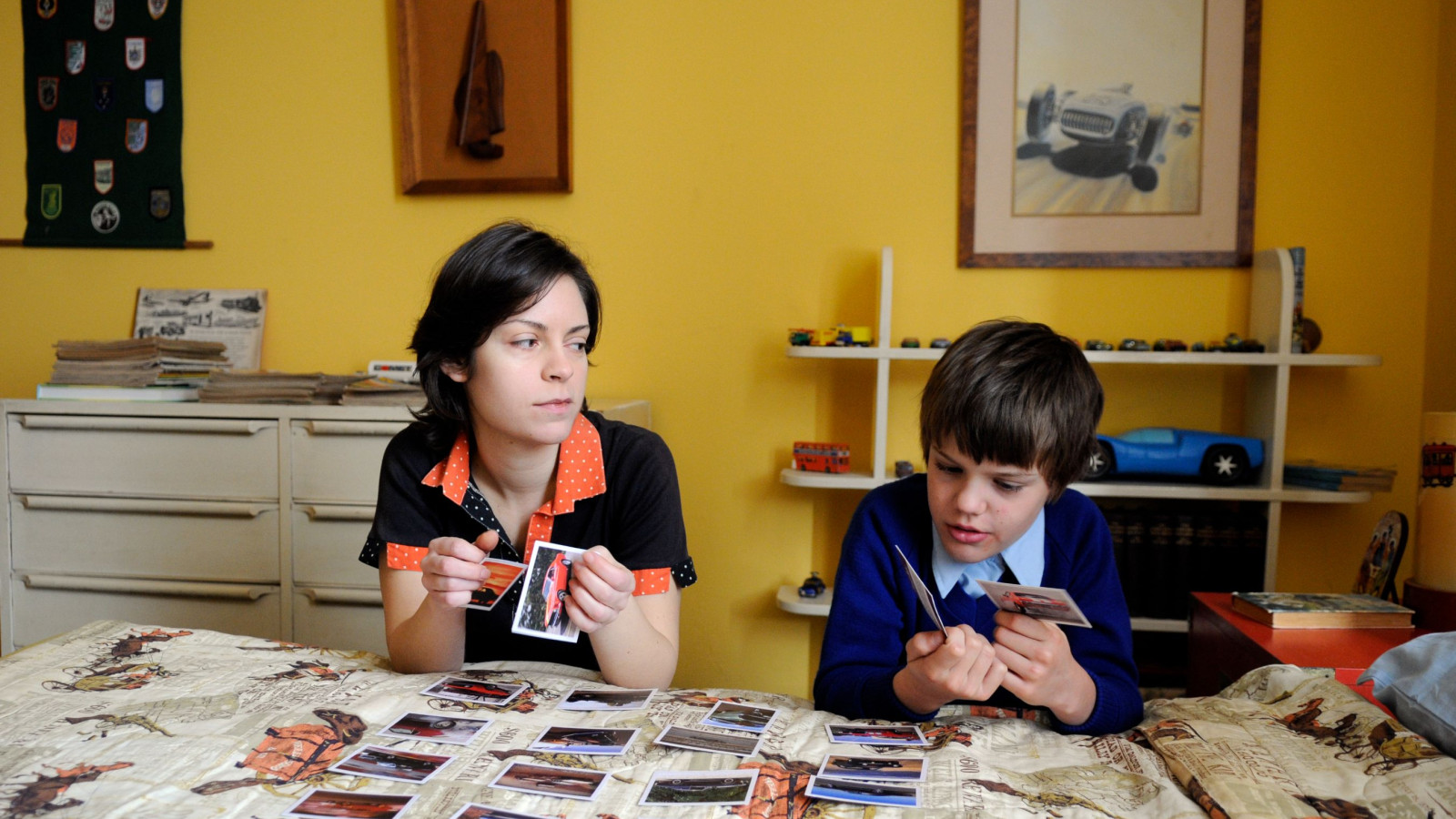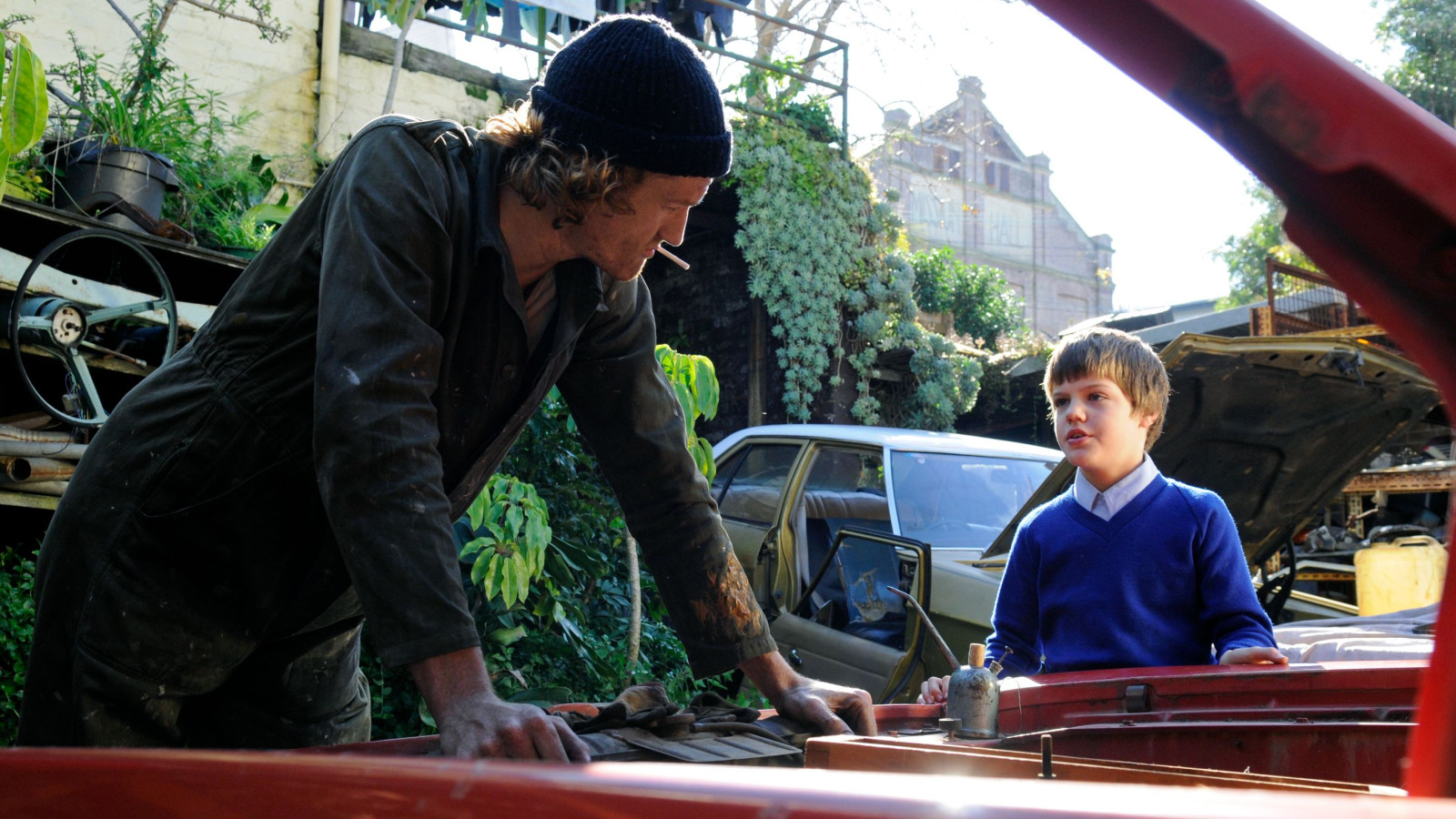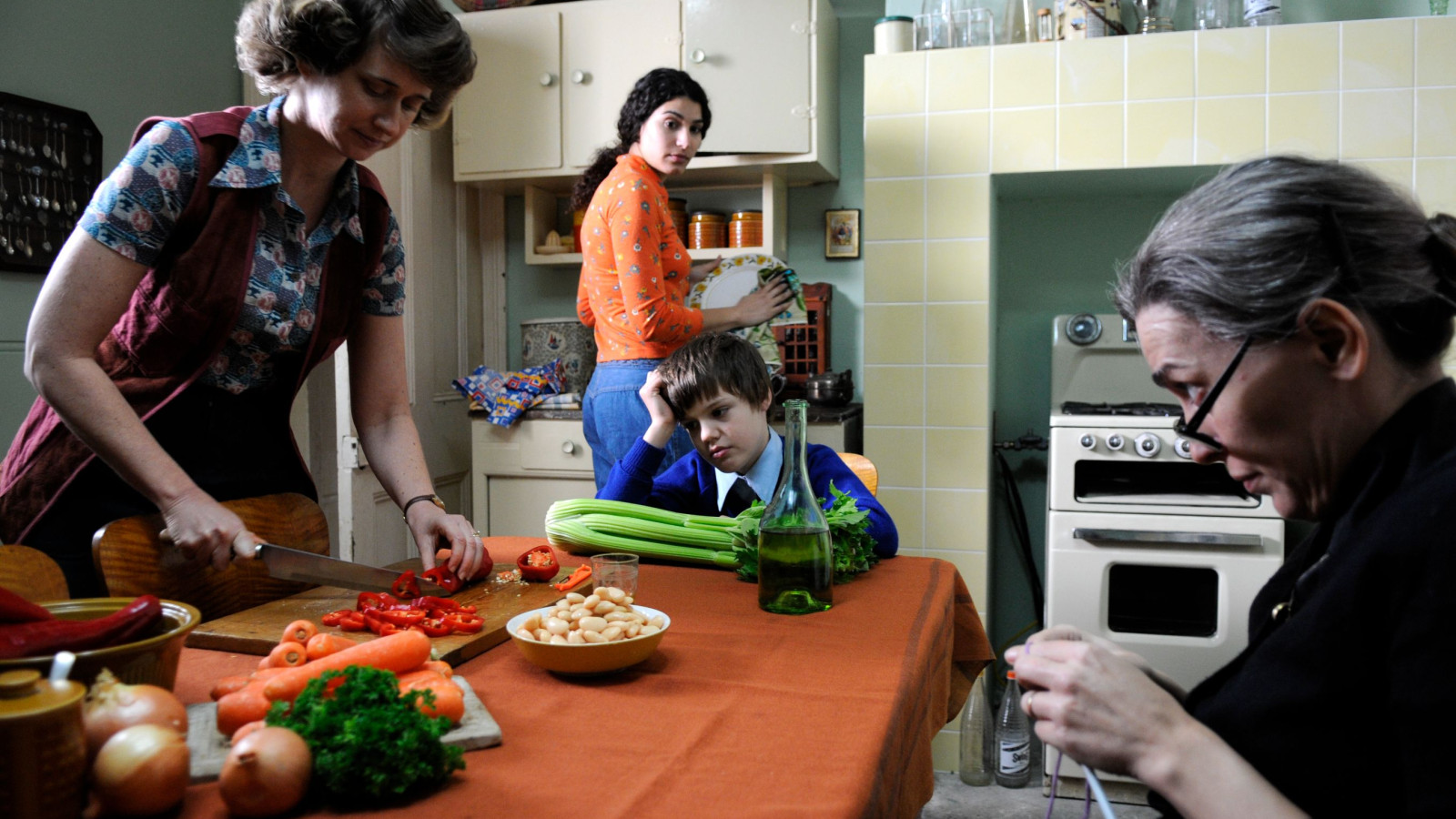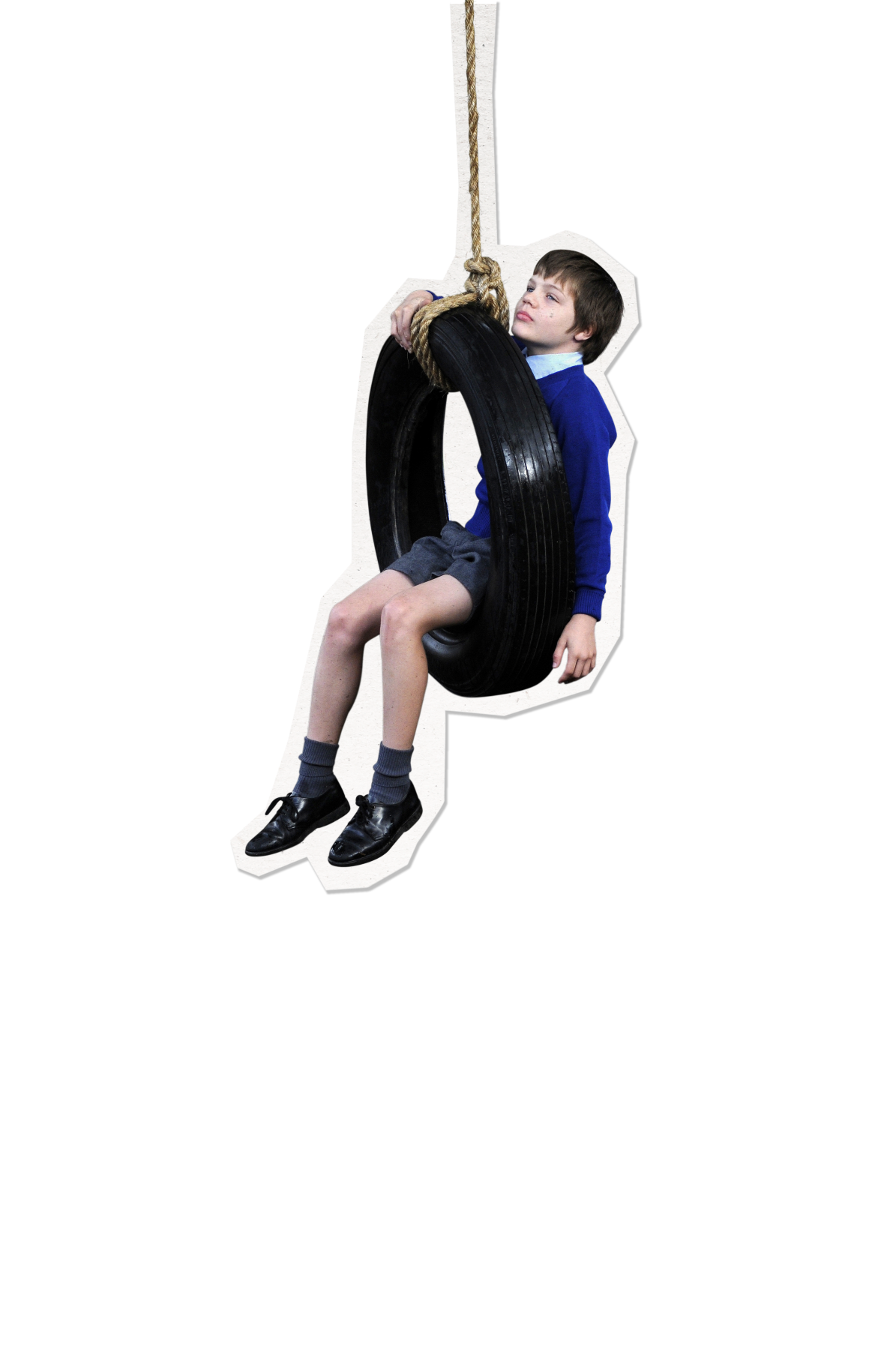
1978 Mike

Mike knows a lot about Australian muscle cars from 1968 to 1978. The other kids think he's odd and Mike believes he only has one friend, Ben, but is Ben a real friend? Mike’s world is grounded in the realities of 1970s, as he navigates changing family dynamics, shifting gender roles, and the cultural tensions of the time. His story explores curiosity, courage, and the power of imagination.
1970s Decade Overview
The 1970s were marked by protest, reform, and growing calls for justice, from Vietnam War opposition to land rights activism.
- 1972: The Aboriginal Tent Embassy was established in Canberra, becoming a powerful symbol of First Nations protest and sovereignty. The Women’s Movement gained momentum with the introduction of childcare funding
- 1974: The Whitlam government introduced free university education, equal pay reforms, lowered the voting age to 18 and refuges for women escaping violence were established.
- 1975: Vincent Lingiari received legal transfer of Gurindji land from Prime Minister Whitlam, following the Wave Hill Walk-Off. The economic boom ended mid-decade, global oil shocks triggered inflation, unemployment, and political instability
- 1975: Prime Minister Whitlam was controversially dismissed by the Governor-General, sparking national debate about democracy and power
- 1976: The Aboriginal Land Rights (Northern Territory) Act was passed; the first legislation to formally recognise First Nations land rights, and Truganini’s remains were returned to the Tasmanian Aboriginal community, marking one of the first acts of cultural repatriation.
- 1978: The Galbally Report reshaped migrant services, affirming multiculturalism as national policy. SBS (Special Broadcasting Service) was established to reflect Australia’s cultural diversity, and Vietnamese refugees began arriving in greater numbers, challenging old ideas of national identity and belonging.
First Nations Focus: Students can explore how land rights, protest, and cultural leadership shaped identity and reconciliation during the 1970s.
Inquiry Sprint
Provocation Question
What makes someone a true friend, and how do we know who really sees us?
Tuning In
Watch Clip 1: Performance Cars
Clip description: Mike discusses the validity of a Datsun as a 'muscle car' with his friend Ben. He visits the 'Tippy' to acquire some spare parts that Ben has requested and is introduced to the 1971 Ford GT-HO that the Tippy is remodelling.
Watch Clip 2: The Tippy
Clip description: Mike learns from his father, Michaelis, that the 'Tippy' is different since returning from the Vietnam War. Regardless of difference, Mike regards the Tippy as his genuine best friend.
These scenes introduce Mike’s passion for muscle cars and his connection to the Tippy, a Vietnam veteran who treats Mike with quiet respect.
As a class, explore how Mike’s interests set him apart and how Tippy’s presence offers something deeper than peer approval. Prompt discussion with questions like:
- What does Mike value, and who values him back?
- Why do the other kids think he’s odd?
- What does the Tippy understand about Mike that others don’t?
As a visual prompt to begin this class inquiry, create a “Friendship Fuel” collage or Learning Wall using images and words that represent what makes someone a true friend.
Finding Out
Watch Clip 3: The Card Collection
Clip description: Mike needs to borrow $50 in order to buy the carburettor that Ben's brother needs for his performance car. But no one in the family will lend him the money even though he is prepared to sell his beloved card collection.
Explore Mike’s emotional dilemma. He’s willing to sell his prized card collection to help Ben’s brother, but his family won’t lend him the money.
Reflect on the emotional cost of loyalty and the difference between being used and being seen.
Students can:
- Write a journal entry from Mike’s perspective: “Why I offered to sell my cards”
- Investigate the cultural significance of muscle cars in 1970s Australia
- Explore how hobbies and passions can be misunderstood or dismissed by others
Sorting Out
Rewatch all three clips to identify moments of emotional tension and relational insight. Use a Choices and Consequences chart, perhaps add to the class Learning Wall, to map Mike’s decisions and their outcomes.
Sort ideas into themes such as Loyalty, Recognition, and Belonging. Students might choose to:
- Compare Mike’s relationship with Ben vs. the Tippy
- Reflect on how technology and collectables, such as cars, cards and memorabilia becomes a language of connection
Going Further
Explore intergenerational relationships and emotional safety. Mike’s father reveals that the Tippy has changed since the war, yet Mike sees him as his best friend. Discuss how trauma, silence, and respect shape relationships across generations. Students can:
- Role-play a conversation between Mike and the Tippy about friendship
- Interview an older family member about a friendship that shaped their life
Making Connections
Reflect on Mike’s emotional journey and the quiet strength of the Tippy. Invite students to connect these insights to their own experiences of being misunderstood, loyal, or quietly seen.
Prompts might include:
- What makes a friendship feel safe and real?
- Have I ever felt invisible or truly recognised?
- What do I value in someone who stands by me?
Students can create a Connection Map linking moments from the episode to their own stories of belonging and friendship.
Taking Action
Apply learning by co-designing a class initiative that celebrates quiet strengths, emotional intelligence, and respectful relationships. Students might create a “True Friend Charter” or host a storytelling circle where they honour people who’ve seen them clearly. Event ideas:
- Begin with an Acknowledgement of Country
- Share student projects through posters, journals, or digital stories
- Invite community members to speak about friendship, loyalty, and resilience in the context of community life. Examine ‘Then and Now’ concepts from 1970s Australia to now.
Australian Curriculum Links
|
Year |
Content Description |
CCP Integration |
|
Year 3 |
|
|
|
Year 4 |
|
|
|
Year 5 |
|
|
|
Year 6 |
|
|
|
Year |
Content Description |
CCP Integration |
|
Year 3 |
AC9E3LE01 Personal responses to texts and characters |
Reflect on Mike’s emotional journey and how loyalty and misunderstanding shape relationships |
|
Year 4 |
AC9E4LY06 Create imaginative and persuasive texts |
Write from Mike’s or the Tippy’s perspective to explore friendship, recognition, and quiet resilience |
|
Year 5 |
AC9E5LE01 Analyse character motivations and emotional depth |
Explore how Mike’s relationships reveal themes of belonging, trust, and emotional growth |
Country/Place
Mike’s visits to the Tippy’s shed and his backyard projects invite reflection on how place becomes a site of connection, memory, and healing. Compare this with First Nations relationships to Country and the significance of protest sites like the Tent Embassy.
Culture
Explore how cultural knowledge, emotional wisdom, and lived experience are passed down through quiet relationships. Investigate First Nations models of storytelling, silence, and resilience.
People
Highlight the role of Elders, veterans, and community mentors in shaping values. Compare Mike’s bond with the Tippy to First Nations models of intergenerational learning and cultural leadership.
Asia and its Diversity
Use the Galbally Report and SBS’s founding to explore how multiculturalism began reshaping Australian identity. Reflect on how diverse communities navigated belonging in the 1970s.
Achievements and Contributions of Asian Peoples
Celebrate the contributions of Asian Australians in civic life, education, and community building. Link Mike’s story to broader narratives of quiet contribution and cultural strength.
Asia–Australia Connections
Examine how migration, policy, and friendship built bridges between communities. Encourage students to reflect on how shared interests (like cars, collections, or stories) foster belonging across cultures.
Additional Resources
